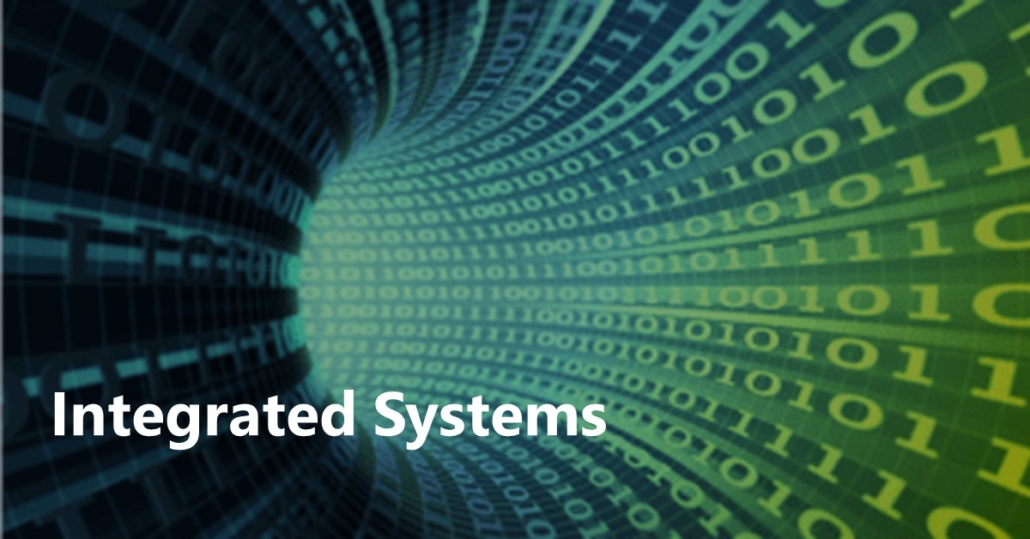CamTuner: Reinforcement Learning based System for Camera Parameter Tuning to enhance Analytics
Video analytics systems critically rely on video cameras, which capture high quality video frames, to achieve high analytics accuracy. Although modern video cameras often expose tens of configurable parameter settings that can be set by end users, deployment of surveillance cameras today often uses a fixed set of parameter settings because the end users lack the skill or understanding to reconfigure these parameters. In this paper, we first show that in a typical surveillance camera deployment, environmental condition changes can significantly affect the accuracy of analytics units such as person detection, face detection and face recognition, and how such adverse impact can be mitigated by dynamically adjusting camera settings. We then propose CAMTUNER, a framework that can be easily applied to an existing video analytics pipeline (VAP) to enable automatic and dynamic adaptation of complex camera settings to changing environmental conditions, and autonomously optimize the accuracy of analytics units (AUs) in the VAP. CAMTUNER is based on SARSA reinforcement learning (RL) and it incorporates two novel components: a light weight analytics quality estimator and a virtual camera. CAMTUNER is implemented in a system with AXIS surveillance cameras and several VAPs (with various AUs) that processed day long customer videos captured at airport entrances. Our evaluations show that CAMTUNER can adapt quickly to changing environments. We compared CAMTUNER with two alternative approaches where either static camera settings were used, or a strawman approach where camera settings were manually changed every hour (based on human perception of quality). We observed that for the face detection and person detection AUs, CAMTUNER is able to achieve up to 13.8% and 9.2% higher accuracy, respectively, compared to the best of the two approaches (average improvement of 8% for both AUs).


